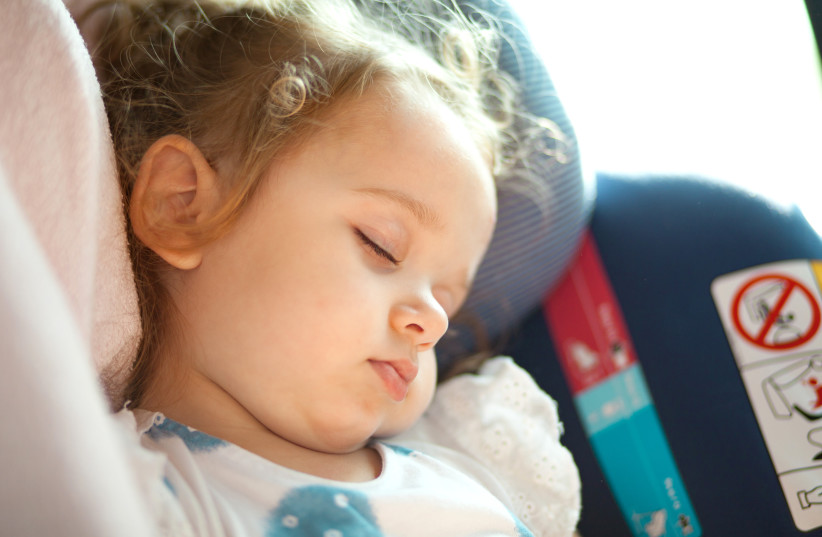Parents around the world tend to worry about whether their young children get either too little or too much sleep. A new study from the University of East Anglia in Norwich, UK, has found that how frequently a child naps reflects their individual cognitive need. Some are more efficient at consolidating information during sleep, so they nap less frequently.
The team, headed by psychologist Dr. Teodora Gliga, found that infants who nap a lot have smaller vocabularies and poorer cognitive skills. Some children are more efficient at consolidating information during sleep, so they nap less frequently, whereas others, usually those with fewer words and poorer cognitive skills, need to nap more frequently.
The study, published in JCPP Advances, was entitled “More frequent naps are associated with lower cognitive development in a cohort of 8 to 38- month-old children, during the Covid-19 pandemic.”
The research team said that reducing naps for these children won’t improve brain development and that they should be allowed to nap as frequently and for as long as they need.
The research team studied 463 infants aged between eight months and three years during the COVID-19 lockdown in 2020. Their parents were asked about their children’s sleep patterns, ability to focus on a task, ability to memorize information, and the number of words that they understood and could say.

Lockdown effect on sleep patterns
They also questioned parents about their socio-economic status – including their postal code, income, and education, and about the amount of screen time and outdoor activities their child engaged in.
“Lockdown gave us an opportunity to study children’s intrinsic sleep needs because when children are in childcare, they rarely nap as much as they need to,” said Gliga.
“Because nurseries were closed, it meant less disturbance to the children’s natural sleep patterns. None of the children taking part were attending daycare. “What we found is that the structure of daytime sleep is an indicator of cognitive development. We also found that this negative association between vocabulary and frequency of naps was stronger in older children,” she added.
While the majority of parents told us that their child’s sleep was unaffected by the lockdown, parents from lower socio-economic backgrounds were more likely to report a worsening in sleep.
Screen time increased during lockdown and outdoor activities decreased but these failed to explain differences in children’s sleep. Previous work suggested that caregivers should encourage frequent naps, in pre-school children.
“Our findings suggest that children have different sleep needs – some children may drop naps earlier because they don’t need them anymore. Others may still need to nap past three years of age. In the UK, preschools enrolling three to five-year-olds have no provisions for napping. Caregivers should use a child’s mental age and not chronological age to ascertain a child’s sleep needs,” she added.
